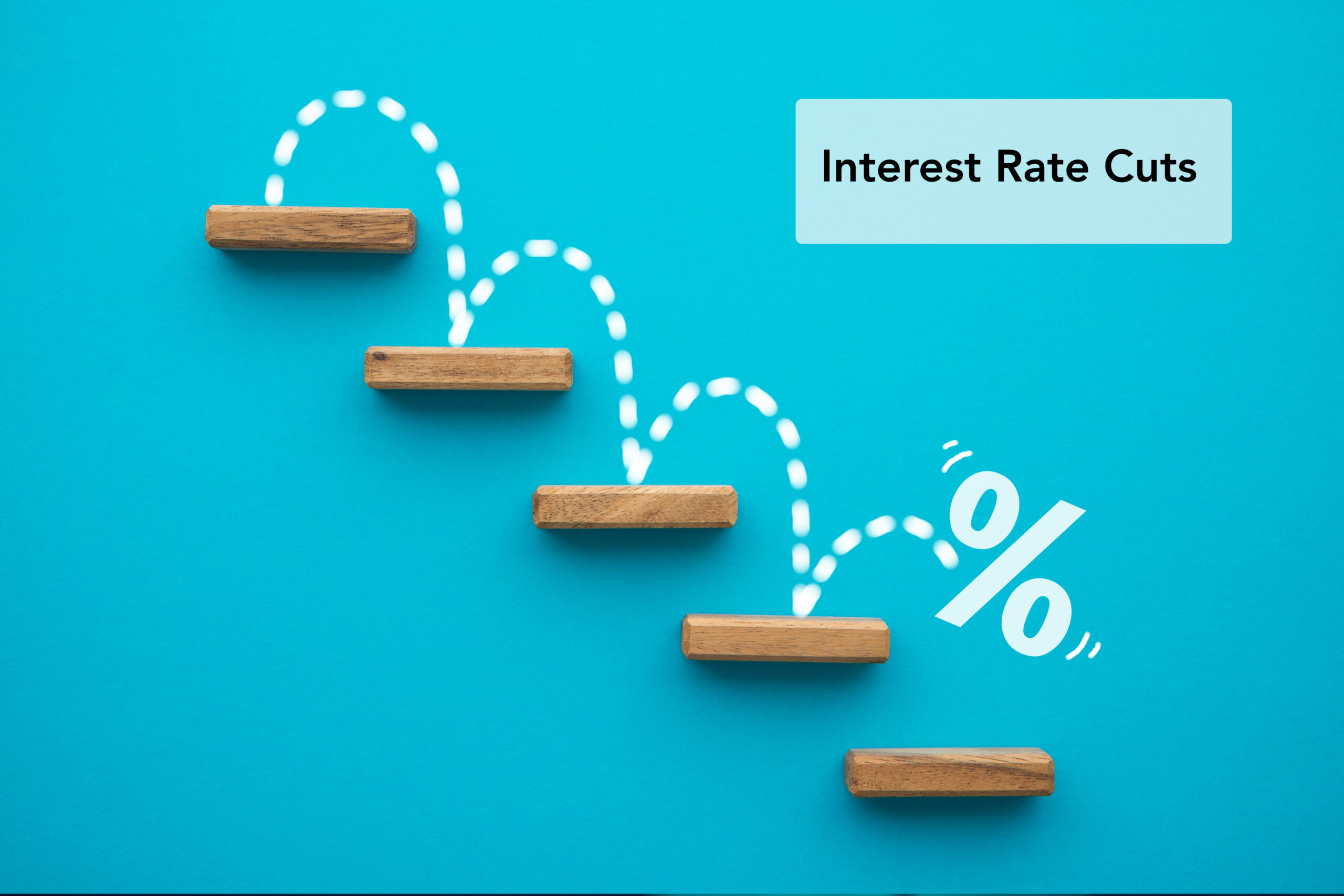“In 2024, the mortgage stress test is no longer just a hurdle—it’s a deal-breaker for many homeowners seeking equity loans.” That’s the reality facing countless Canadians today. As mortgage rates fluctuate, the Bank of Canada continues to adjust its lending guidelines. For homeowners considering tapping into their home equity through a loan or a line of credit (HELOC), these changes to the mortgage stress test can significantly impact borrowing power.
But here’s the thing: The stress test is not the end of the road. By understanding how it works and the changes in 2024, you can position yourself for the best possible outcome. Whether you’re consolidating debt, funding a renovation, or just need extra cash flow, knowing how the mortgage stress test affects home equity borrowing is key.
The 2024 Mortgage Stress Test: What’s New?
Introduced in 2018, the mortgage stress test was designed to ensure Canadians could still afford their mortgages even if interest rates increased. Initially, this test applied mostly to first-time homebuyers, but in 2024, it continues to evolve, especially for those looking to access their home equity.
The stress test now requires borrowers to qualify at the higher of either their contract rate plus 2% or the current five-year benchmark rate (currently around 5.25%). For home equity borrowers, this means that even if you’re applying for a home equity loan or HELOC at a lower rate, you still need to prove you can manage payments at the higher stress-tested rate. Sounds challenging, right?
How Does This Affect Home Equity Borrowers?
In the simplest terms: the stress test limits how much you can borrow against your home’s equity. Before 2024, many homeowners could easily unlock their equity, provided they had enough value in their homes. Now, not only does your equity matter, but so does your ability to “pass” the stress test at a higher interest rate than what your lender may actually offer.
Real-Life Example: Let’s take John, a homeowner in Toronto. He wanted to access $100,000 through a HELOC for home renovations. The lender’s rate was 4.5%, but under the stress test, he had to prove he could afford payments at 6.5%. As a result, the amount he could borrow was reduced by almost 20%.
For homeowners like John, the stress test creates a gap between what you want to borrow and what you can borrow. It’s a frustrating barrier, but there are ways around it.
Why the Mortgage Stress Test Exists
While the stress test might feel like a roadblock, it’s there to protect both homeowners and lenders from potential financial crises. With Canadian household debt levels among the highest in the world, the government introduced the test to ensure that borrowers could handle higher interest rates in the future.
Here’s why it matters to you: the stress test prevents over-leveraging. In other words, it’s designed to stop homeowners from borrowing too much against their home’s value and then struggling with payments if rates increase. As interest rates are unpredictable, this buffer helps maintain stability, but it can feel like a frustrating limitation.
Alternatives to Maximize Your Home Equity Access
If the mortgage stress test is holding you back, you might think you’re stuck—but you’re not. There are ways to maximize your access to home equity without pushing your financial limits.
- Consider a HELOC Instead of a Lump-Sum Loan
A Home Equity Line of Credit (HELOC) offers more flexibility compared to a traditional home equity loan. With a HELOC, you can borrow as much as you need (up to your limit) and only pay interest on what you actually use. This is particularly helpful for managing cash flow during renovations or debt consolidation. Plus, HELOCs tend to have lower interest rates than unsecured lines of credit.
Explore more about how a HELOC could be the flexible option you need without exceeding stress test limits.
- Leverage a Co-Borrower
If you’re finding it tough to pass the stress test on your own, consider adding a co-borrower. A partner, family member, or even a trusted friend can help share the financial load and improve your overall application strength. This strategy can help you access more of your home’s equity while satisfying the stress test criteria.
- Lower Your Debt-to-Income Ratio
The stress test evaluates not only the mortgage rate but also your overall financial health—especially your debt-to-income ratio. Reducing outstanding debts (such as credit cards or personal loans) before applying can significantly improve your chances of passing the test. Paying down high-interest debt first can also improve your credit score, which could unlock better rates.
Learn how consolidating debt with a home equity loan could lower your debt-to-income ratio and improve your borrowing power here.
The Hidden Benefits of the Stress Test for Home Equity Borrowers
While the stress test feels restrictive, it does offer some long-term benefits that might not be obvious right away. By ensuring that you can afford higher rates, you reduce the risk of falling behind on payments if rates rise. This is especially crucial for homeowners with bad credit or inconsistent income.
Furthermore, passing the stress test makes you a more attractive borrower, which can help you secure better terms. Over time, this can save you money, especially if interest rates rise unexpectedly.
What Home Equity Borrowers Can Expect in 2024
So, what’s next? The Canadian government continues to monitor the housing market closely, and more changes to the stress test could be on the horizon. With the possibility of rate cuts in 2024, the impact of the stress test could lessen, allowing borrowers to access more equity. However, if you’re in a rush to access your home equity now, it’s important to work with a lender who understands the nuances of these rules.
Real-Life Example: Sarah, a homeowner in Vancouver, used her home equity to consolidate her credit card debt. With rising rates, the stress test initially limited her borrowing capacity, but by reducing her outstanding debt first and applying after a rate cut, she was able to qualify for the full amount she needed. Patience and planning made the difference.
How to Position Yourself for Success
To make the most of your home’s equity in 2024, preparation is key. Here’s a quick checklist to position yourself for success:
- Check Your Credit Score: A higher score can give you access to better interest rates, which makes passing the stress test easier.
- Pay Down High-Interest Debt: This improves your debt-to-income ratio, making you more attractive to lenders.
- Explore Flexible Options: A HELOC or co-borrower could give you more flexibility in passing the stress test.
See how HomeEquityLoans.ca can help you navigate the mortgage stress test and unlock your home’s value with tailored solutions.
Final Thoughts: Navigating the Mortgage Stress Test with Confidence
The mortgage stress test might feel like a hurdle, but with the right strategy, it doesn’t have to stop you from accessing your home’s equity. Whether you’re consolidating debt, funding renovations, or planning for the future, there are ways to maximize your borrowing power—even in the face of stricter regulations.




